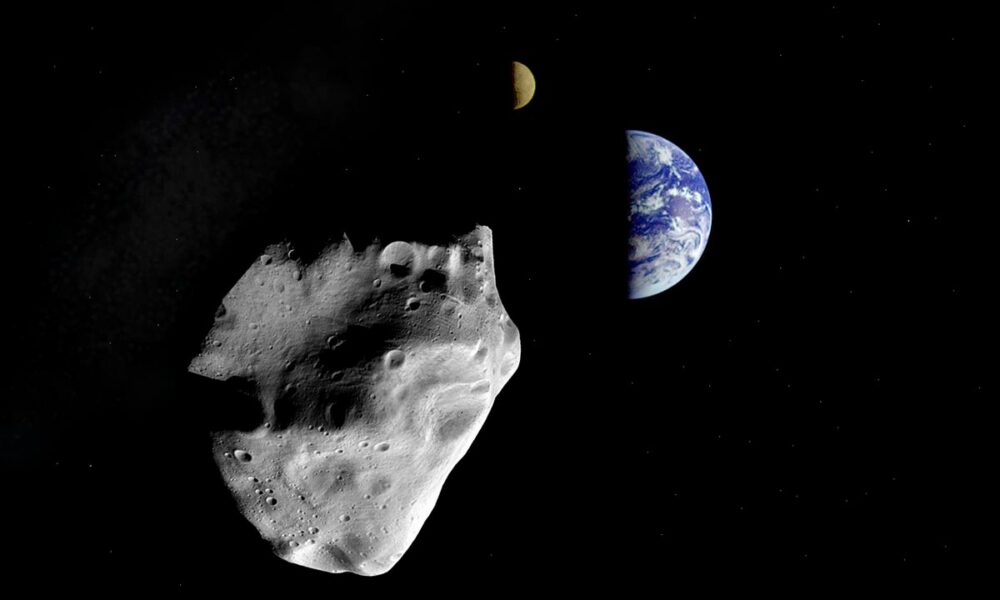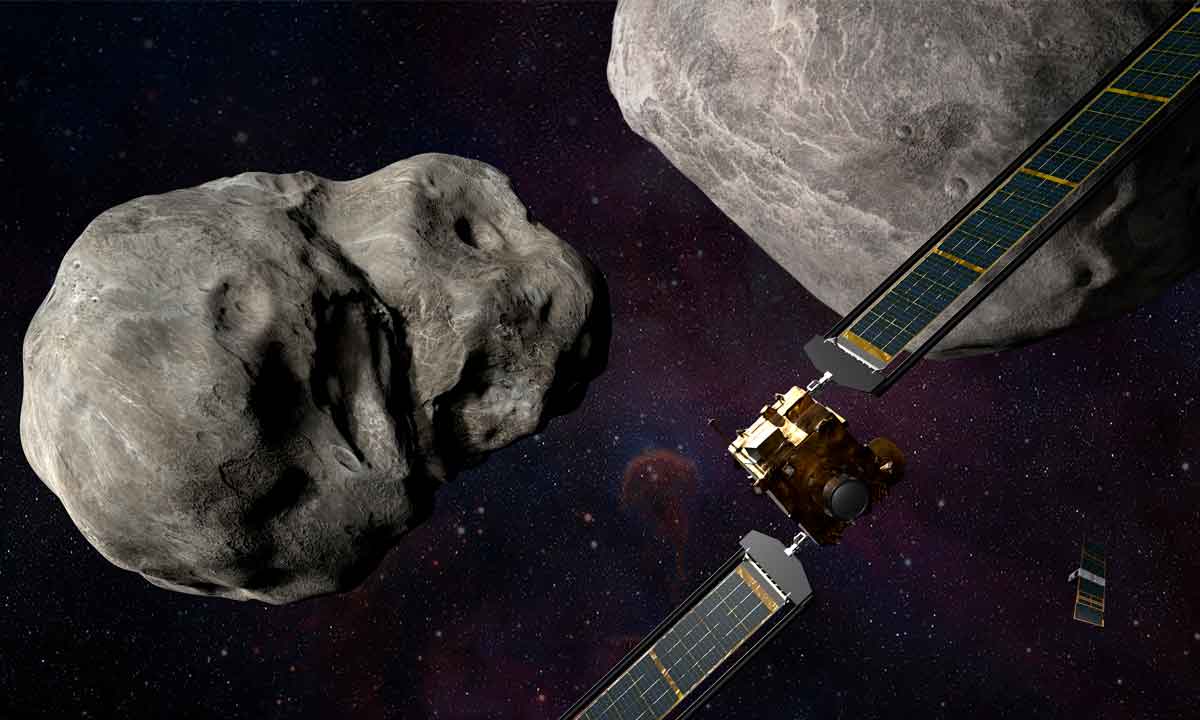
I read, in various media, references to asteroid 2023 CJ1 and before even using the usual devices to make an informed assessment of what’s really going on, I feel familiar, quite familiar, like Bill Murray in every sunrise in Caught in Time. They say that history tends to repeat itself, especially if we don’t learn from it and, at least when it comes to meteorites that endanger our lives, the statement seems more than accurate to me.
The fact is that, as I indicated, both in some media and on social networks, publications have spread today in which It is claimed that NASA has warned about the passage of asteroid 2023 CJ1 very, very close to Earth. The problem, of course, is that there are many factors that can cause a change in the orbit of meteorites and other bodies that move through space. For example, if one of these devastating rocks got too close to our planet, its gravity could cause it to end up colliding with it, unless Bruce Willis avoided it again (Bruce, we count on you).
Some of these publications also they have spared no capital letters, exclamation marks and other paraphernalia to convey… well, let’s say sensationalism and, as a general rule, that is usually a sign that, in reality, the situation is much less worrisome than it is intended to imply.
But hey, maybe it’s best to go directly to the source, that is, see what the US space agency says about the asteroid, right? Well, for that we just have to go to the JPL page where they permanently report on the next five asteroids that will pass close to Earth. In it, indeed, we can see that 2023 CJ1 will pass today, February 13, “close” to our planet. Why the quotes? Well, because it is a near in the context of astronomical distances, but in truth it is a distance, 4.8 million kilometers that, added to its course, make the level of concern expressed by NASA close to absolute zero.
We have yet another way to check whether or not we should be concerned about 2023 CJ1, and that is to consult NASA’s Sentry database, where we can find the asteroids that have a “major” (I return to the quotes, in this case because in all cases the risk is very, very low) risk of impacting with the Earth. Do you know what position 2023 CJ1 occupies in said list? Well, the truth is that he does not occupy any position, since not even part of it.
Although this time it has been on a smaller scale, what happened with 2009 JF1 about a year ago has been repeated. At the moment, based on the data observed so far, our planet and civilization, as a whole, They do not suffer any threat in this regard. Obviously, the impact of a fireball that has local consequences can be produced, but nothing more. Space agencies are working, however, on programs and plans to repel this type of threat, such as the successful DART. So, for now at least, if we want meteorites that can destroy our planet, we’ll have to rewatch Armageddon.



